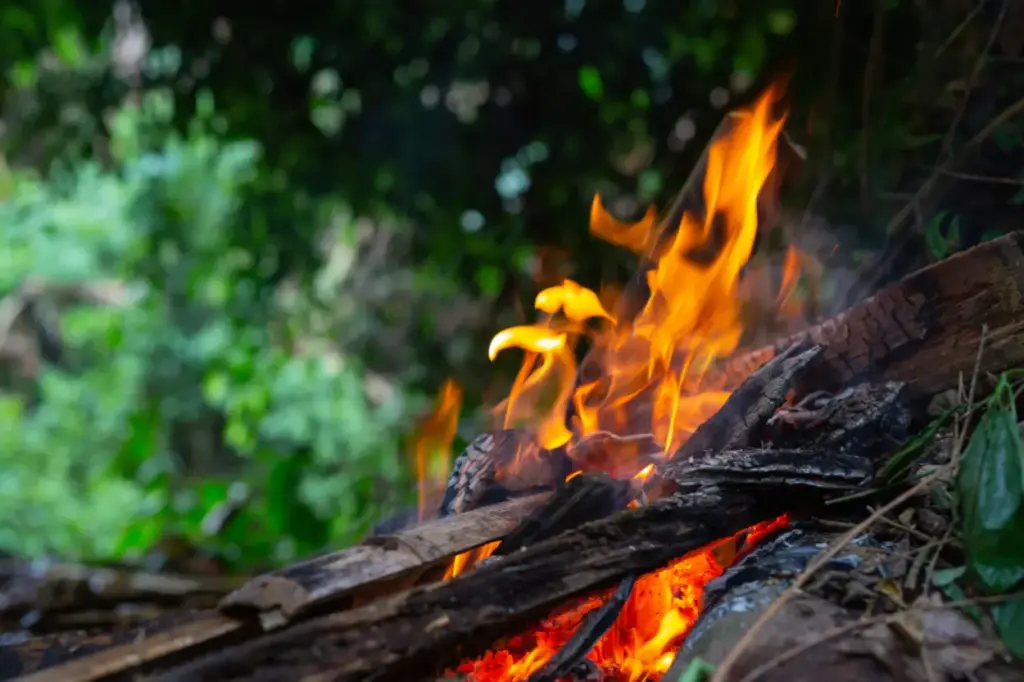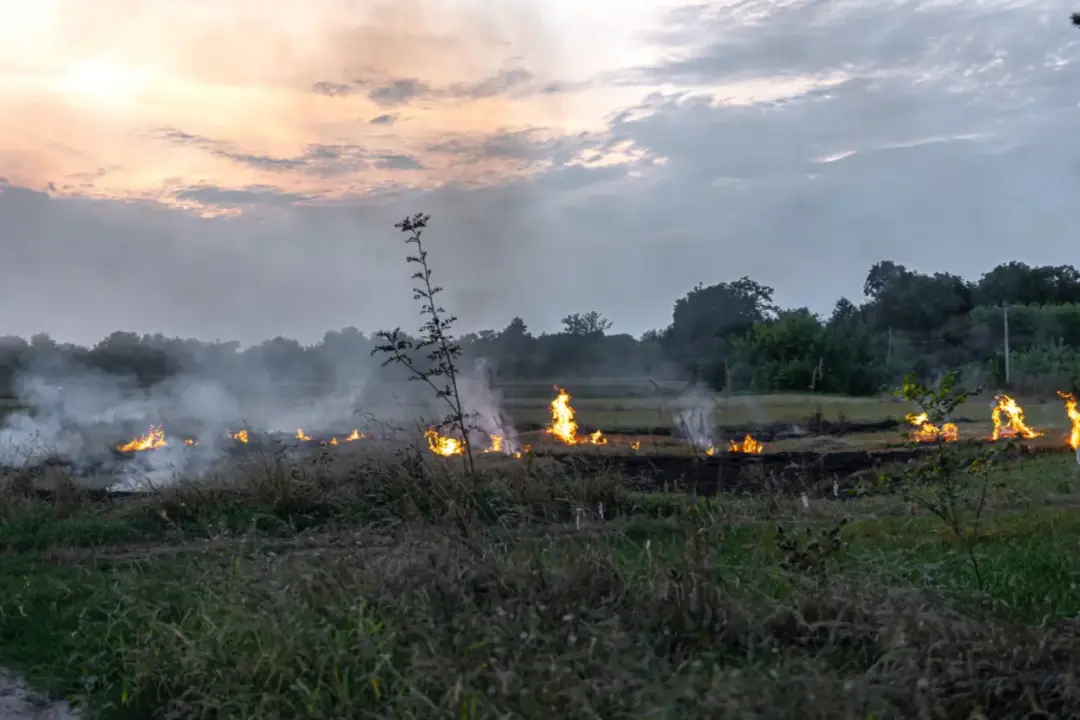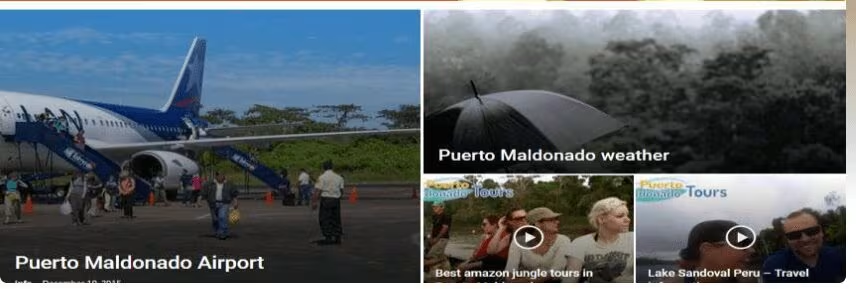Wildfires in the Amazon have recently sparked global attention due to their dramatic impact on the environment and climate. These fires, often exacerbated by human activities and climatic changes, pose significant threats to biodiversity and indigenous communities. In this article, we will delve into the causes and impacts of these wildfires, highlighting their importance and relevance in today’s world.
The Causes of Wildfires in the Amazon
1. Human Activities: Agriculture and Deforestation
The most significant drivers of wildfires in the Amazon are human activities, especially agricultural expansion and deforestation. Farmers often utilize fire as a tool to clear land for crops or cattle. This method, known as slash-and-burn agriculture, is particularly prevalent in Brazil, where vast tracts of forest are set ablaze to create arable land.

While this practice may provide short-term benefits to farmers, it has long-term implications for the Amazon biome. Once the forest is cleared, the land can become susceptible to erosion and degradation. Additionally, the smoke and ash from the fires can create hazardous air quality, not only affecting local communities but impacting regions far beyond the Amazon basin.
2. Climate Change and Environmental Conditions
Climate change also plays a pivotal role in the occurrence of wildfires in the Amazon. Rising temperatures and unpredictable weather patterns have created a hotter, drier environment, enhancing the chances of wildfires. In recent years, extended dry seasons have become more common, increasing the likelihood of fires igniting and spreading rapidly.
Moreover, scientific studies indicate that changes in rainfall patterns have resulted in drier soils and stressed ecosystems, setting the stage for fires. The synergy of human-induced climate change and natural weather variations creates the perfect storm for wildfires, ultimately leading to devastating ecological consequences.
The Impacts of Wildfires in the Amazon
1. Environmental Impact: Loss of Biodiversity
The Amazon rainforest is one of the most biodiverse regions on the planet. Wildfires not only eradicate vast expanses of trees but also disrupt the habitats of countless species that depend on this forest for survival. When wildfires rage, flora and fauna are lost, leading to a decline in biodiversity.

This loss of biodiversity is a cascading concern. Many species are already threatened by habitat destruction, and wildfires exacerbate these challenges, pushing them closer to extinction. The reduction in biodiversity further affects ecosystem health, weakening the forest’s resilience to climate change and human intervention.
2. Social Impact: Communities at Risk
The indigenous communities that thrive in and around the Amazon rainforest are profoundly affected by wildfires. Their way of life, which is intricately tied to the land, water, and forest resources, faces severe disruption. The smoke from wildfires impacts air quality, leading to respiratory problems and other health issues within these communities.
In addition, the destruction of natural resources limits their access to traditional livelihoods, forcing many to relocate or alter their ways of life. This displacement can lead to cultural erosion and social strife as traditional knowledge and practices fade away, impacting future generations.
Future Outlook: Mitigating Wildfires in the Amazon
1. Sustainable Practices and Conservation Efforts
To combat the threat posed by wildfires in the Amazon, sustainable practices must become the norm. Encouraging agroforestry, which practices the integration of trees into agricultural systems, can provide multiple benefits, including enhanced productivity, soil health, and biodiversity conservation. Together, these practices can significantly reduce dependency on fire for land clearing.
Additionally, initiatives aimed at reforestation and forest management can further help mitigate wildfire risks. By restoring degraded lands and managing existing ecosystems responsibly, we can help improve forest resilience against fires, especially in a changing climate.
2. Global Responsibility and Policy Change
There is a growing recognition that protecting the Amazon rainforest is a global responsibility. International cooperation and support for sustainable development projects are vital. Strengthening policies that protect the rainforest, such as strict regulations on deforestation and incentives for conservation, can lead to meaningful changes.

Public awareness campaigns and global solidarity are also essential in this fight. By engaging communities and fostering discussions around the importance of the Amazon, we can encourage a collective movement toward sustainable living and conservation efforts. Every action counts, and a united global effort can create the necessary impact to safeguard this essential ecosystem.
Interesting Facts about the Amazon Rainforest
- 🌳 The Amazon rainforest is often referred to as the “lungs of the planet,” as it produces 20% of the world’s oxygen.
- 🌎 It spans over 5.5 million square kilometers, which is roughly the size of the continental United States.
- 🌿 The Amazon is home to 10% of all known species on Earth, including more than 40,000 plant species and 1,300 bird species.
- 🔥 In recent years, the number of wildfires in the Amazon has reached distressing levels, with 2020 experiencing a significant spike compared to previous years.
Conclusion
Wildfires in the Amazon are a complex issue driven by both human and environmental factors. Understanding these causes and their consequences is crucial in developing effective solutions. By fostering sustainable practices and enhancing global collaboration, we can protect this vital ecosystem for future generations while also supporting the communities that call it home.
Ultimately, it is our collective responsibility to ensure that the Amazon rainforest continues to thrive, not just for its inhabitants but for our planet’s health as well. Let’s work together to be stewards of this incredible natural resource! 🌍✨

